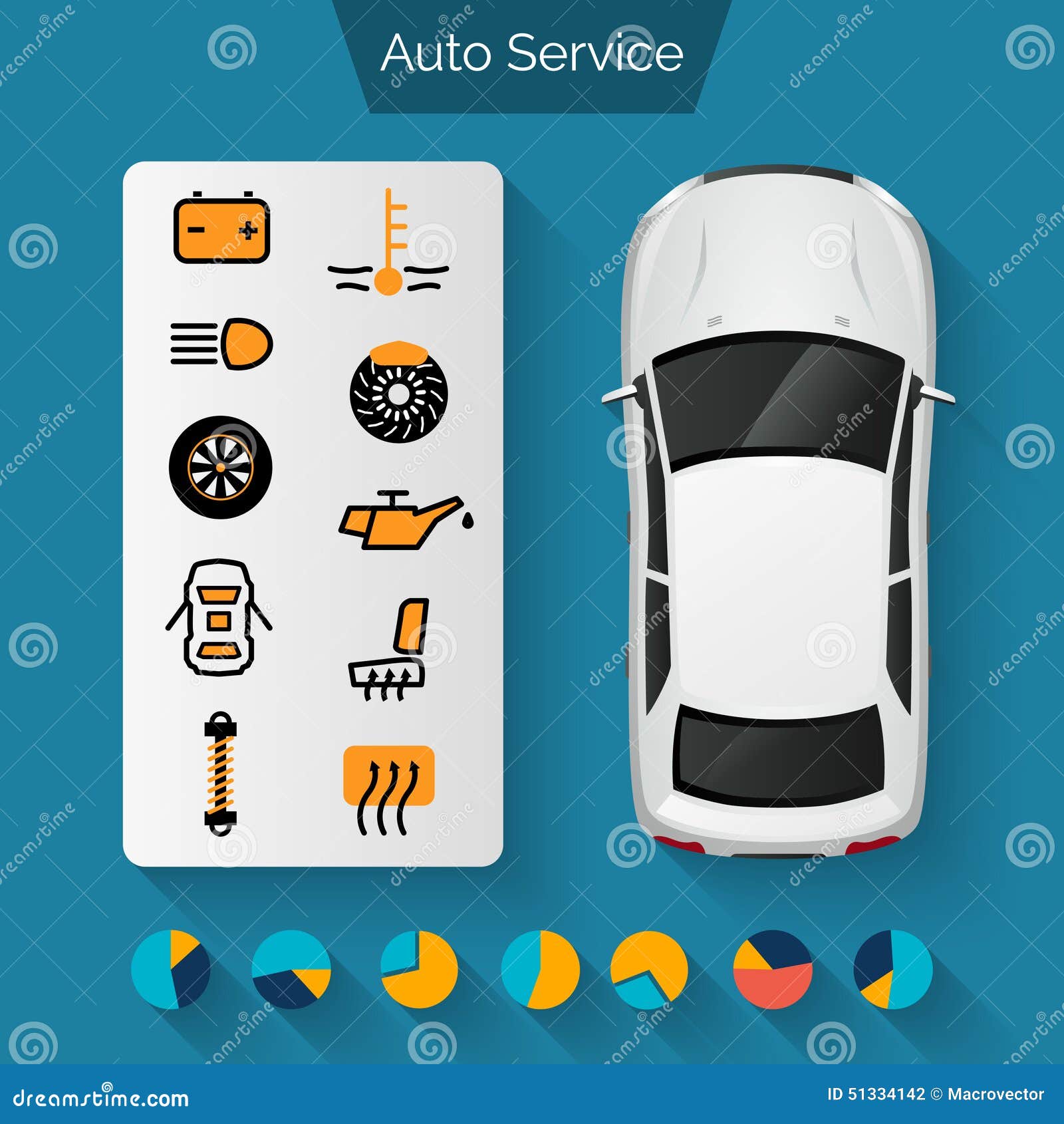Looking For Clarity On The Caution Lights Showed On Your Automobile'S Dashboard? Discover Exactly How They Associate With Your Automobile'S Health And Safety
Looking For Clarity On The Caution Lights Showed On Your Automobile'S Dashboard? Discover Exactly How They Associate With Your Automobile'S Health And Safety
Blog Article
professional car cleaning auckland -Hartley Gilbert
When you lag the wheel, those glowing caution lights on your control panel can be a bit complicated. Do you recognize what they're trying to tell you about your vehicle's health? Understanding the relevance of these lights is important for your safety and security and the longevity of your lorry. So, the next time among those lights turns up, wouldn't you want to understand its message accurately and take the needed actions to resolve it?
Common Caution Lighting and Interpretations
Determine typical warning lights in your auto and comprehend their significances to make certain secure driving.
One of the most typical warning lights consist of the check engine light, which signals concerns with the engine or exhausts system. If this light comes on, it's essential to have your vehicle inspected promptly.
https://car-oil-change84062.ja-blog.com/32163440/mobile-auto-detailing-enhancing-your-car-s-look-on-the-go advising light indicates low oil pressure, requiring instant interest to stop engine damage.
A blinking battery light could recommend a malfunctioning billing system, potentially leaving you stranded otherwise addressed.
The tire stress surveillance system (TPMS) light signals you to low tire pressure, affecting vehicle security and gas performance. Ignoring this could bring about harmful driving conditions.
The abdominal muscle light suggests an issue with the anti-lock braking system, jeopardizing your capability to stop rapidly in emergency situations.
Lastly, the coolant temperature level cautioning light warns of engine overheating, which can lead to extreme damages if not dealt with quickly.
Understanding these common caution lights will help you attend to issues immediately and preserve safe driving conditions.
Importance of Prompt Focus
Understanding the typical warning lights in your automobile is only the initial step; the importance of quickly resolving these warnings can't be stressed sufficient to guarantee your safety on the road.
When a warning light brightens on your dashboard, it's your car's way of communicating a possible problem that requires focus. Disregarding these warnings can cause more extreme issues down the road, compromising your safety and potentially costing you much more in repairs.
Motivate focus to alerting lights can protect against break downs and mishaps. For instance, a blinking check engine light can show a misfire that, if left neglected, could create damages to the catalytic converter. Resolving this quickly can conserve you from a costly repair.
In a similar way, a brake system cautioning light could signal reduced brake liquid or used brake pads, essential parts for your security when driving.
Do It Yourself Troubleshooting Tips
If you see a caution light on your control panel, there are a few do it yourself repairing tips you can attempt prior to seeking professional assistance.
The very first step is to consult your car's guidebook to recognize what the details caution light suggests. Occasionally the problem can be as basic as a loose gas cap activating the check engine light. Tightening the gas cap might solve the issue.
Another typical problem is a reduced battery, which can cause different cautioning lights. Examining the battery connections for deterioration and ensuring they're secure may repair the problem.
If a warning light continues, you can attempt resetting it by disconnecting the auto's battery for a couple of mins and afterwards reconnecting it. Furthermore, examining your car's fluid degrees, such as oil, coolant, and brake liquid, can help repair alerting lights connected to these systems.
Verdict
In conclusion, recognizing your car's caution lights is crucial for maintaining your automobile running smoothly and securely. By without delay dealing with these alerts and recognizing what they imply, you can prevent expensive fixings and possible breakdowns.
Keep in mind to consult your vehicle's handbook for specific information on each cautioning light and act appropriately to ensure a hassle-free driving experience.
Keep educated, stay secure on the road!
